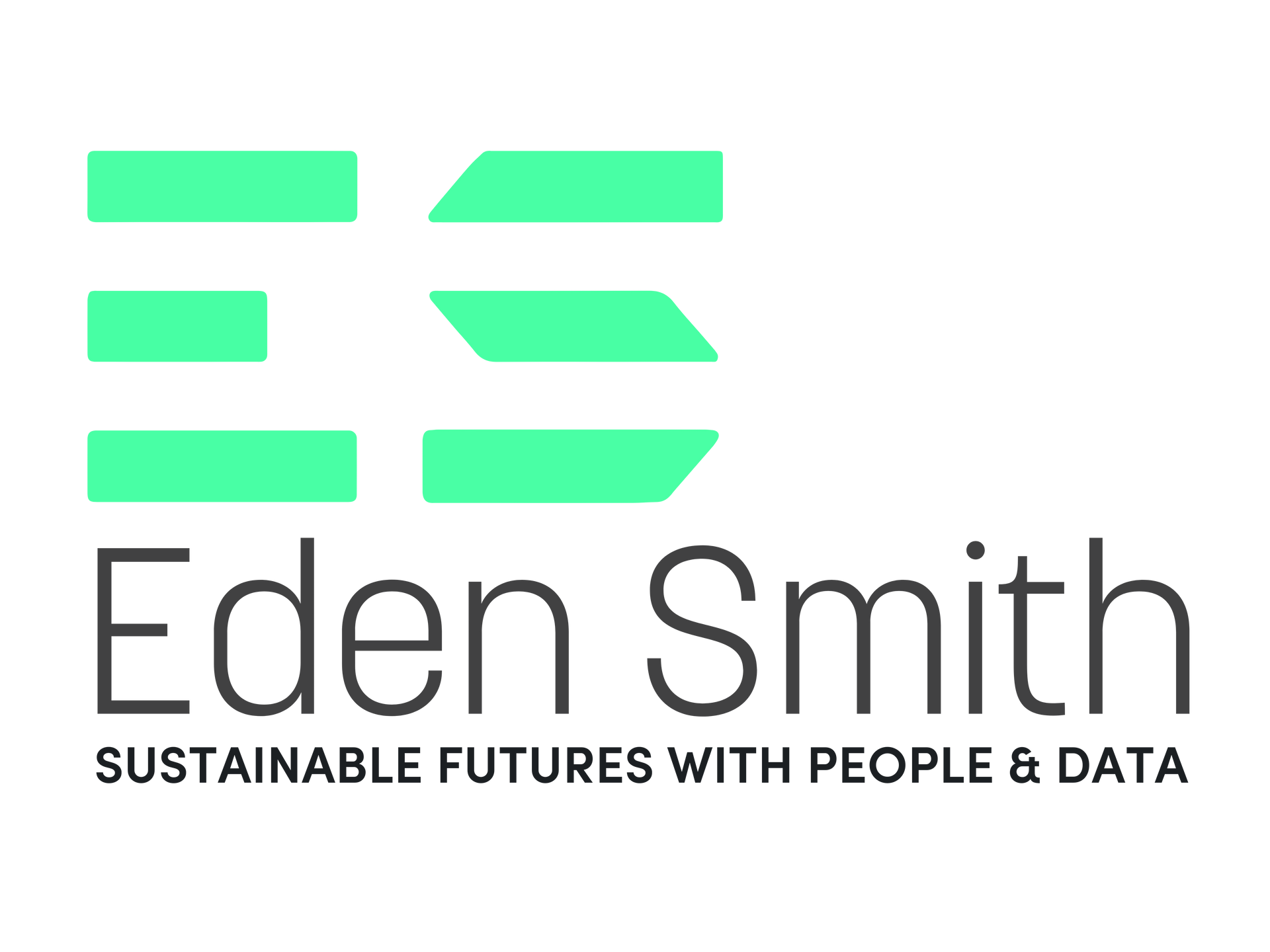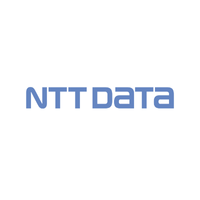The Iceberg of AI Adoption and What you Need to Address
The surge and demand for AI adoption is currently in a state of hype. The shiny new exciting product. But before you (or the board) go head-on into buying off-the shelf products that promise the world, ask yourself this…
“Are my data foundations in place to enable this AI advancement… or will the great polar bear (in this case your shiny AI project) sink?!”
The demand for AI adoption is real, the market size in the Artificial Intelligence market is projected to reach US$020 3854 0260bn by the end of the year with an eye watering 92% of companies planning to increase their AI investments over the next 3 years.
The EU AI Act
The European Union’s Artificial Intelligence Act (EU AI Act), which was signed 1 st August 2024 and has a 2-year implementation period across the member states, represents a pioneering effort to regulate AI technologies, ensuring they are safe and uphold fundamental rights.
The EU AI Act sets a comprehensive framework for AI regulation, emphasizing a risk-based approach, transparency, and robust governance structures. As AI technologies evolve, the Act is expected to adapt, reflecting ongoing dialogues among policymakers, industry leaders, and civil society.
There have been recent concerns raised regarding potential amendments to the Act that will water down the rules by making certain provisions voluntary, making major tech companies exempt from specific regulations. These debates underscore the dynamic nature of AI governance and the balance between fostering innovation and ensuring safety.
Surge in specialised hiring as AI Adoption takes root
In 2025, the AI and data hiring landscape will see a continued surge in demand for skilled professionals, with a focus on AI leadership, ethical AI development, and specialised roles like Generative AI Engineers and Computer Vision Engineers, alongside a rise in AI-powered automation and data-driven decision-making.
Foundational ecosystem to leverage successful AI adoption
AI adoption across enterprise looks nailed on but are your data foundations in place to enable true accurate models and leverage the true power of AI?
These foundations work synergistically to create a strong ecosystem for successful AI adoption. Here’s how:
- Data Strategy & Single Source of Truth : The key to it all. A clear data strategy ensuring the collection and use of relevant data effectively. A single source of truth eliminates duplication and inconsistencies, enabling training of accurate reliable AI Models.
- Data Governance & Quality : The “un-sexy” yet vital part. High-quality, well-governed data ensures that AI systems are accurate and free from bias. Governance policies establish trust by complying with legal and ethical standards, which is key for AI’s acceptance and success.
- Infrastructure : Modern data infrastructure facilitates the storage and processing of massive datasets at high speeds, which is essential for training and deploying AI models efficiently.
- FAIR Principles : By making data findable, accessible, interoperable, and reusable, businesses can streamline data preparation for AI. These principles also enhance collaboration and innovation.
- Skilled Personnel : Data and AI specialists interpret the data, develop models, and refine them over time. They bridge the gap between technical possibilities and business objectives.
When combined, these foundations ensure that the AI ecosystem is reliable, scalable, and adaptable, enabling businesses to extract actionable insights and drive innovation. It’s like building a house – you need a strong foundation before you can construct something stable and impactful.
We at Eden Smith Group get it, we can support via our consulting and staffing services through-out the adoption cycle. Please contact me, Matt Smith , or one of the team for a discussion on how we can support your business goals.
BEFORE you go…
 How Ready Is Your Organisation for AI?
Take 10 Minutes to Find Out.
How Ready Is Your Organisation for AI?
Take 10 Minutes to Find Out.
We’ve launched the AI Readiness Survey to uncover where businesses really stand on their AI journey – and how they stack up against industry peers.
This quick, powerful survey evaluates readiness across five critical areas:
 Organisation
Organisation  AI Risk Management
AI Risk Management  Operations & Performance
Operations & Performance  Data
Data  Evaluation
Evaluation
Whether or not you’re directly responsible for AI, your input matters. We’re calling on business leaders across all industries to help paint a clear picture of AI maturity in the real world.
 By taking part, you’ll get access to:
By taking part, you’ll get access to:
 A snapshot of where you sit on the AI Readiness Scale
A snapshot of where you sit on the AI Readiness Scale  A tailored deep dive into your results with our experts
A tailored deep dive into your results with our experts  Early access to our AI Readiness White Paper & Benchmarking Insights
Early access to our AI Readiness White Paper & Benchmarking Insights
 Take the survey now:
https://www.surveymonkey.com/r/ES_AIR
Take the survey now:
https://www.surveymonkey.com/r/ES_AIR











